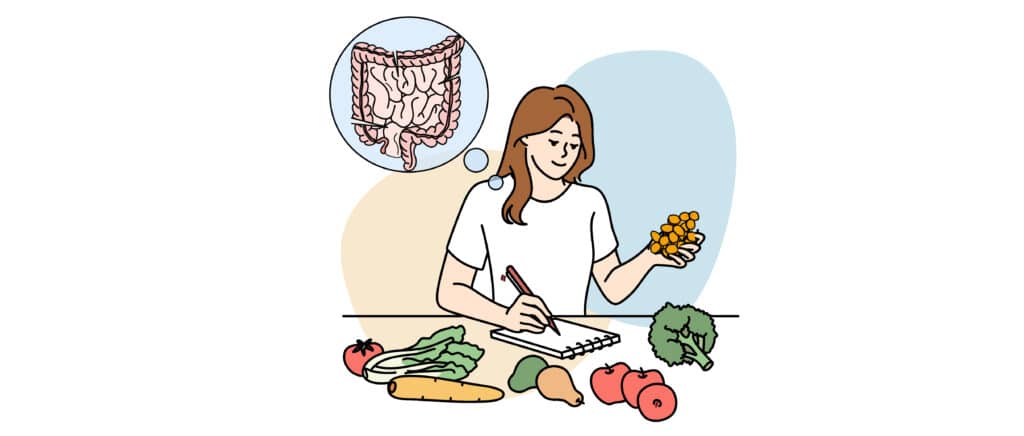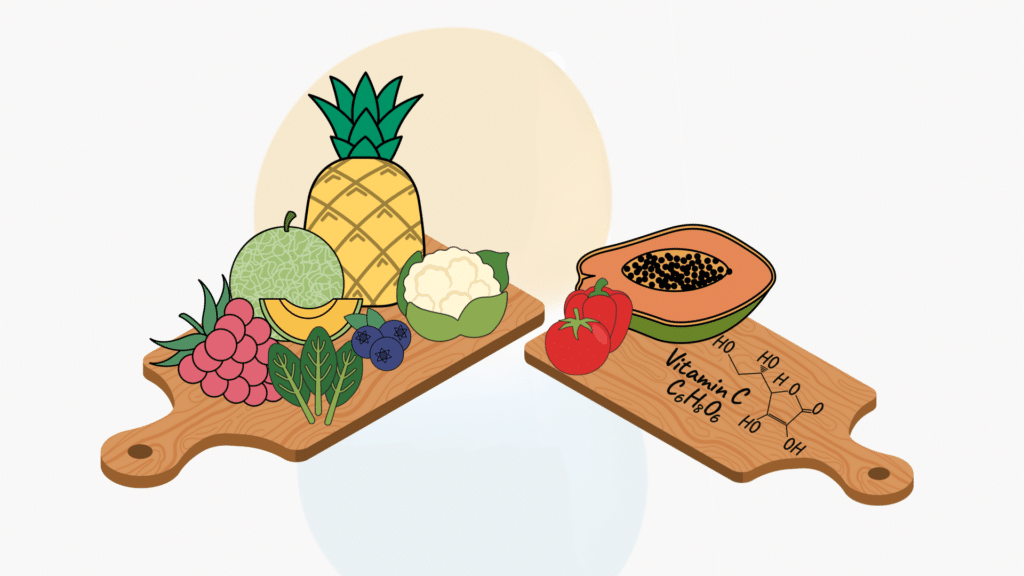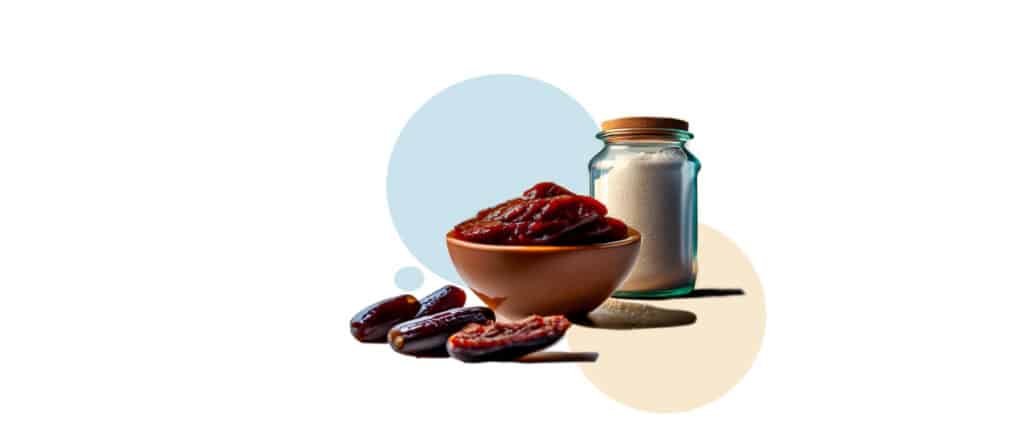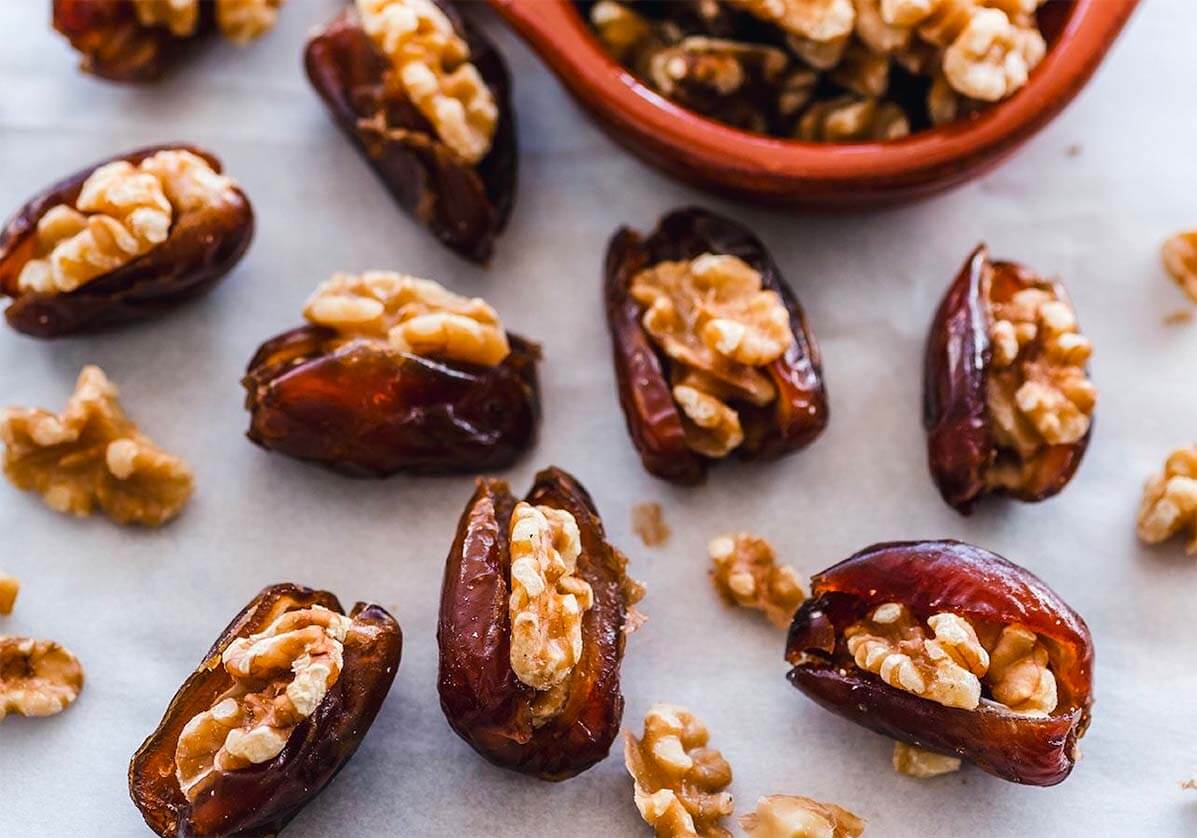Date Varieties: Khudri
- All About Dates Date Varieties
- September 15, 2021
- 7 minutes read
Maybe you have seen dates in the supermarket, or you enjoy dates on a regular basis. But did you know there are more than 200 types of dates in the world? Khudri dates are one of those varieties.
Dates are fruits that grow on a date palm tree. The date palm tree is called “the tree of life” in some Arab countries. They have been a staple in the Middle Eastern diet for thousands of years. In fact, most dates are grown in the Middle East and northern Africa. In North America, dates are primarily grown in California, Arizona, and Florida. Dried fruits make up a very small percentage of fruit in the American diet. However, dates are becoming more mainstream in America. People are now recognizing their nutritional benefits and delicious taste.
Khudri and Its Difference to Other Varieties
Just like apples, there are many varieties of dates that differ in color, shape, size, texture, and taste. Dates range in color from red to yellow to brown depending on the variety. Some have a soft texture, and some have firm flesh. Some have glossy, smooth skin, and some have more wrinkled skin. Different types of dates have different amounts of glucose, fructose, and sucrose. These are types of sugars. If you are trying to taste a variety of date types, one of the best dates to eat may be the Khudri variety.
Khudri dates are primarily grown in Saudi Arabia and Egypt. They have an elongated oval shape, and you can find them in small or large sizes. They usually have a uniform amber-to-dark brown color. The skin of the Khudri date is moderately wrinkled and slightly flaky. They have a soft and chewy texture but not too dry. The flavor of the Khudri date is moderately sweet and similar to that of a raisin with a caramel aftertaste.
Khudri dates are about 75% carbohydrate and have a glycemic index of around 62. This is higher than the average glycemic index, or GI, for dates in general. However, this is still generally considered medium. It has a similar GI as honey and wholemeal bread. These particular dates also have a glycemic load of around 14, which is average for dates in general. This is also considered medium.
Khudri Dates and Their Health Benefits
Like all dates, Khudri dates have many health benefits. Dates are especially high in the antioxidant, phenolic acid. In one study, the Khudri date variety had one of the highest phenolic content.
This is compared to most of the other varieties tested. Antioxidants, including phenolic acid, protect against cell damage in our bodies. Increasing the amount of antioxidants in your body has several benefits. They may reduce your risk of cancer and heart disease.
Dates are rich in vitamins and minerals. They are good sources of the minerals selenium, copper, potassium, and magnesium. They also contain a high amount of vitamin C and the B vitamins.
Dates are high in fiber. In fact, just 100g of dates provide about 8 grams of dietary fiber. Dietary fiber can help ease constipation and maintain normal blood sugar and cholesterol levels.
Shopping For and Storing Khudri Dates
How to Shop for Khudri Dates:
We recommend choosing plump, shiny, dark brown Khudri dates over dates that look shriveled. Dates are wrinkled, but they shouldn’t be hard. Individual dates should be distinct and not clumped all together. Older and less-fresh dates have white spots of crystallized sugar.
How to Store Khudri Dates:
Dates have one of the lowest moisture contents of any fruit, so they last longer. Dry dates will keep in the refrigerator for 6 months. When they start forming crystallized sugar on their skin, they might already be losing their freshness. Don’t worry though because they are still edible. In fact, you can keep dates in the freezer for up to a year.
How to Cook with Khudri Dates
Dates first need to be pitted. This involves removing the pits (or seeds), making them easier to eat. They are a delightful snack on their own, and because they are naturally sweet, they are an excellent replacement for processed sugar.
Pitted dates can be stuffed with sweet fillings, such as chocolate or diced fruit. Savory fillings, such as cheese or nuts, are equally tasty. For a decadent treat, try chocolate-covered dates or bacon-wrapped dates.
Chopped dates can be added to fruit salad, and lettuce salad. Try adding them to your morning oatmeal, or blended into a smoothie for natural sweetness. They can be baked into date nut bread, granola bars, energy balls, or cookies as a natural sweetener.
With so many varieties of dates to choose from, it’s hard to know where to begin. Khudri dates are a great choice to start your date journey. They are a tasty addition to your healthy diet, rich in fruits and vegetables. Aim for 3–6 dates each day to reap all their benefits. Pick up some Khudri dates soon for a nutritious snack or a mouthwatering cooking experience!
Summary
There are many types of dates that differ in color, shape, size, texture, and taste. Khudri dates are one variety that offer all of the health benefits of dates! Choose shiny, dark brown Khudri dates that don’t have crystallized sugar on the skin. Store your dates in the refrigerator or freezer for up to a year. Snack on Khudri dates on their own, or use them in sweet or savory dishes.
Scientific Information
- Glycemic index – a measure of how quickly a food, eaten by itself on an empty stomach, causes your blood sugar to rise on a scale of 0 to 100.
- Glycemic load – a formula that combines portion size and glycemic index, making it more accurate than glycemic index alone.
- Phenolic acid – an antioxidant that fights harmful free radicals in the body.









